What lies behind the curtain of this age?
The Philippine Pavilion unravels stories of renewal, environmental stewardship, and the transformative power of the local imagination at the Venice Biennale 2024
By AA Patawaran
At A Glance
- Our cultural heritage is not just a reflection of our past, but a beacon guiding us toward a more hopeful future. —Neal Imperial, Philippine Ambassador to Italy
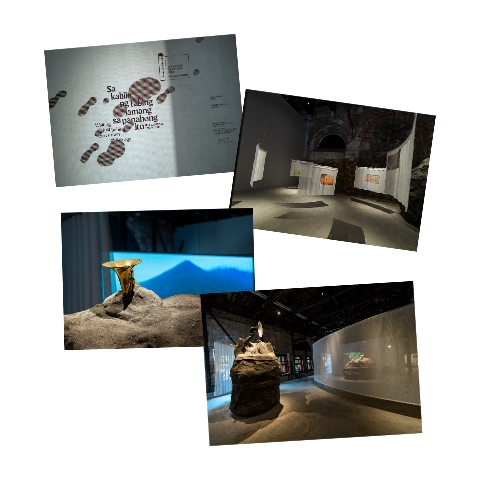
Central to the Philippine Pavilion at the 60th International Art Exhibition of La Biennale di Venezia, the ninth year since we returned to the prestigious international cultural exhibition in 2015, is Hermano Puli.
Not as widely known as the heroes of his time, such as Jose Rizal and Andres Bonifacio, Hermano Puli or Apolinario de la Cruz (1814- 1841) was a lay preacher from Lucban, Tayabas in Quezon Province, whose prophetic words “Sa kabila ng tabing lamang ng panahong ito (Waiting just behind the curtain of this age)” lends the creative prompt with which the featured artist Mark Salvatus, Lucban-born and award-winning, along with the curator, art historian and critic Carlos Quijon Jr., responded to this year’s overall thematic challenge, “Foreigners Everywhere.” The enigmatic words of the religious leader, in fact, form the very title of the 2024 Philippine participation.
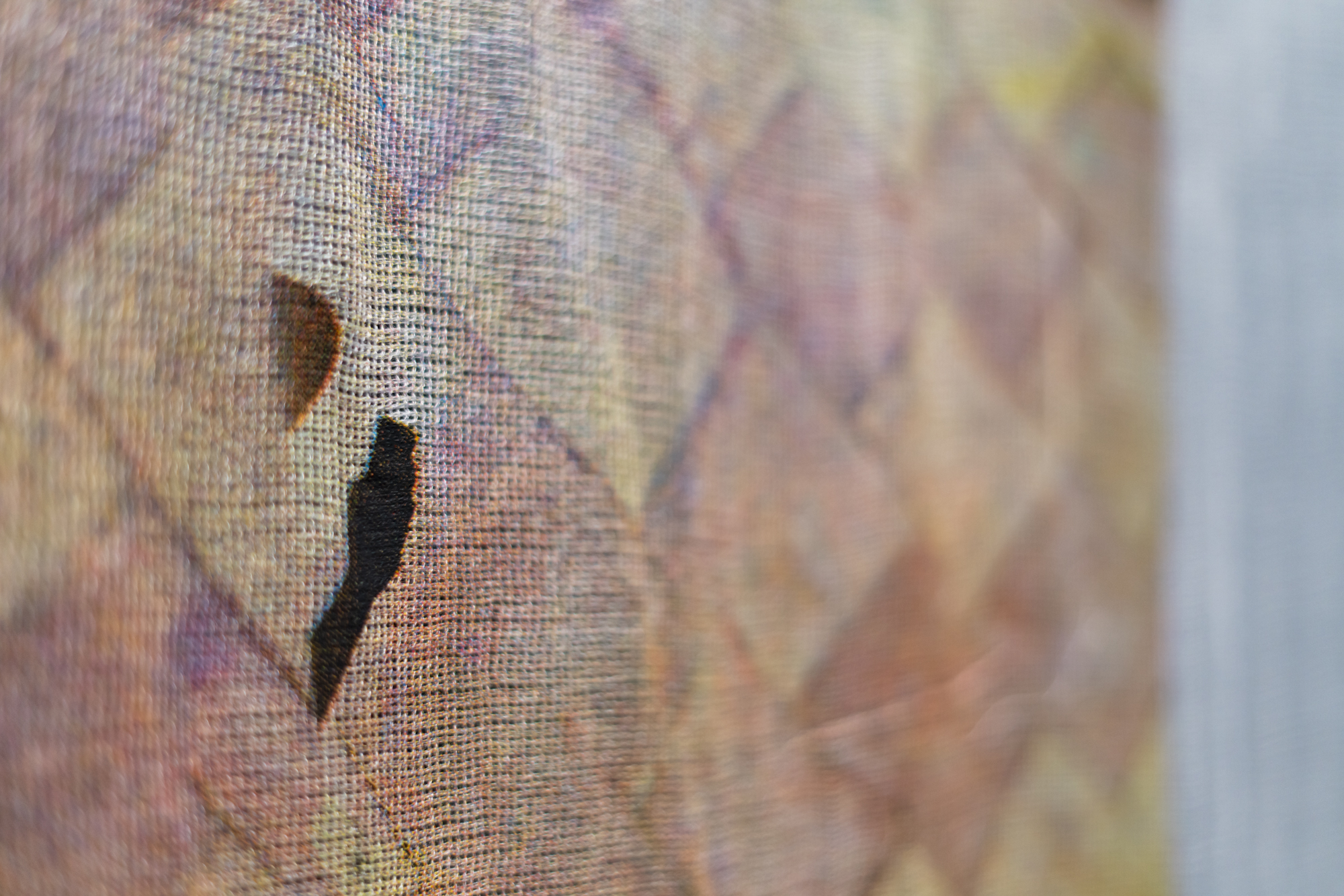
This inspiration led Mark to deep dive into the skyscapes, landscapes, underworlds—and the soundscapes of the woods—of Mt. Banahaw, a complex volcano and mystic mountain on the border between Laguna and Quezon in the southern Tagalog Region of Luzon, where Mark hails from and where Hermano Puli founded his subversive, anticolonial Catholic movement Cofradía de San José.
Born to a devout Catholic family in Lucban, Hermano Puli traveled to Manila in pursuit of priesthood, only to be “discriminated against as a ‘native,’” according to the study “Some Reflections about the Cofradia de San José as a Philippine Religious Uprising” authored by David C. Lee in the Asian Studies: Journal of Critical Perspectives on Asia, “and thus relegated to working as a ‘donne’ of the Hospital de San José de Dios and to reading theology without benefit of direction or encouragement.”
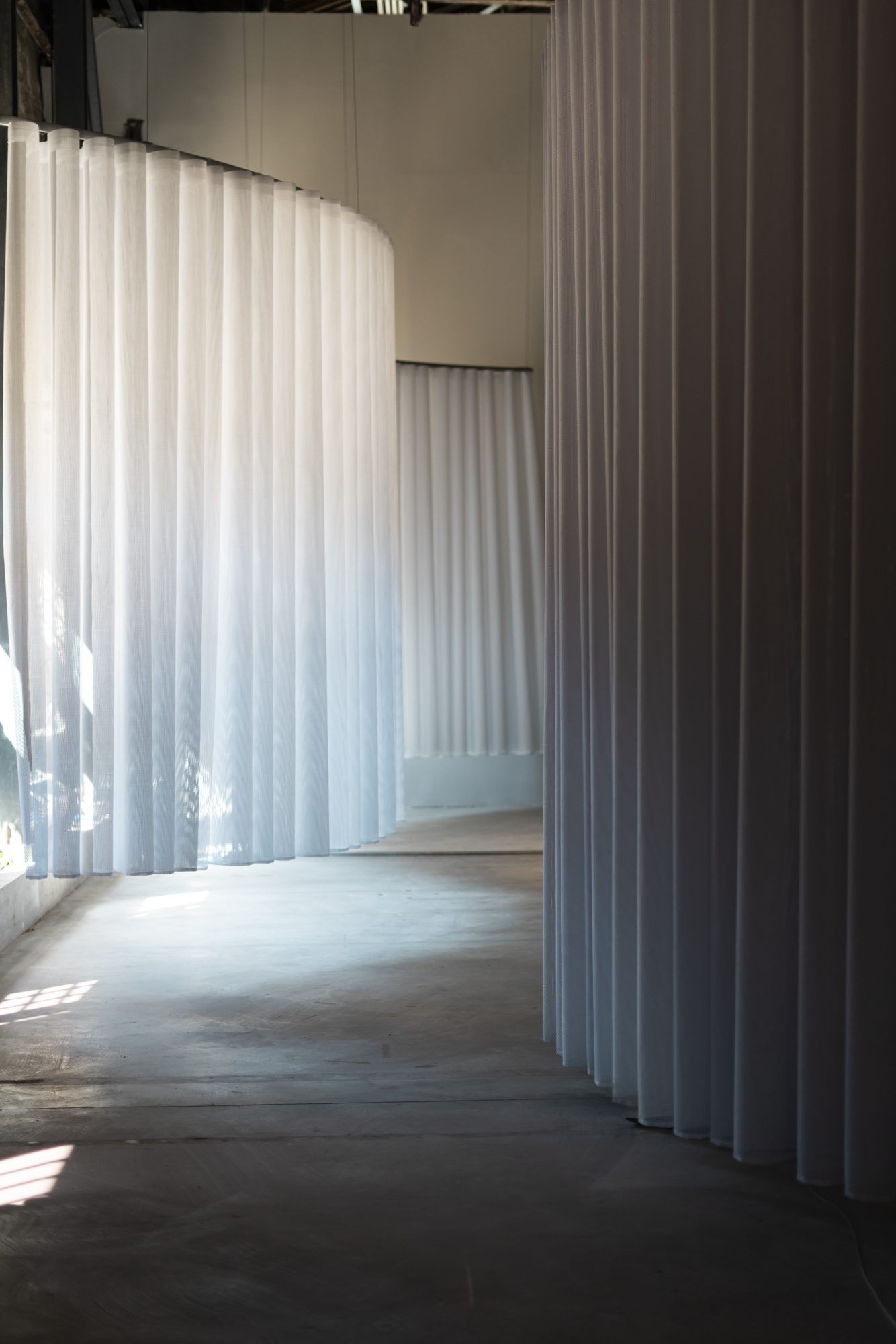
The frustrated priest, to cut a long story short, returned to Lucban in 1840 and established a movement among those who, like he was, were “either discontented with the Spanish rule or desiring a return to traditional religious practices,” meeting at first in Lucban and, as the movement grew, involving followers all the way from Laguna and Batangas, in the caves of Mt. Banahaw.
It’s a little satisfying to note that membership to the Cofradia de San José was limited to “pure-blooded indios,” of whom Hermano Puli was baptized “King of the Tagalogs.”

Although the movement at its core followed Catholic doctrine, liturgy, and moral ideals, Spanish authorities, both ecclesiastical and colonial, refused Hermano Puli’s repeated request for recognition. Instead, Cofradia de San José, considered seditious, was ordered disbanded, leading to the arrest of some 243 members of the 500 present at a secret gathering months into the establishment of the movement in 1840 and then again one year later in a series of engagements that, ultimately, ended with the capture and killing of Hermano Puli in 1841. He was only 27.
That Hermano Puli was dead was not enough, as Mark told me before the official opening of the Philippine Pavilion at the Artiglierie in Arsenale. “His body was chopped up,” he said. “And his head was hung in the town center to serve as a lesson for the members [of the movement].”
In Philippine Political and Cultural History, Filipino historian Gregorio F. Zaide referred to Hermano Puli as “the first Filipino martyr to the cause of religious liberty.”
In his message, National Commission for Culture and the Arts (NCCA), a key proponent of the Philippine participation in the Venice Biennale, and commissioner of the Philippine Pavilion Ino Manalo commends the curator and the artist for honoring Hermano Puli’s legacy and enduring spirit. “Through art and storytelling, he said, “we pay tribute to the countless unsung heroes who have shaped our nation’s history, their voices echoing through the ages as a reminder of the power of resilience and faith.”
“Sa kabila ng tabing lamang ng panahong ito / Waiting just behind the curtain of this age,” the title of this year’s Philippine participation, is a statement of faith, a cry of hope, in as much as, though the core ideal behind Cofradia de San José, as Hermano Puli envisioned it, was to fully integrate the “indio” into the Catholic Church, the movement, according to The Philippine Islands: 1843 -1898 by Emma H. Blair and James A. Robertson, also propagated the pre-colonial beliefs in anting-anting or talisman.
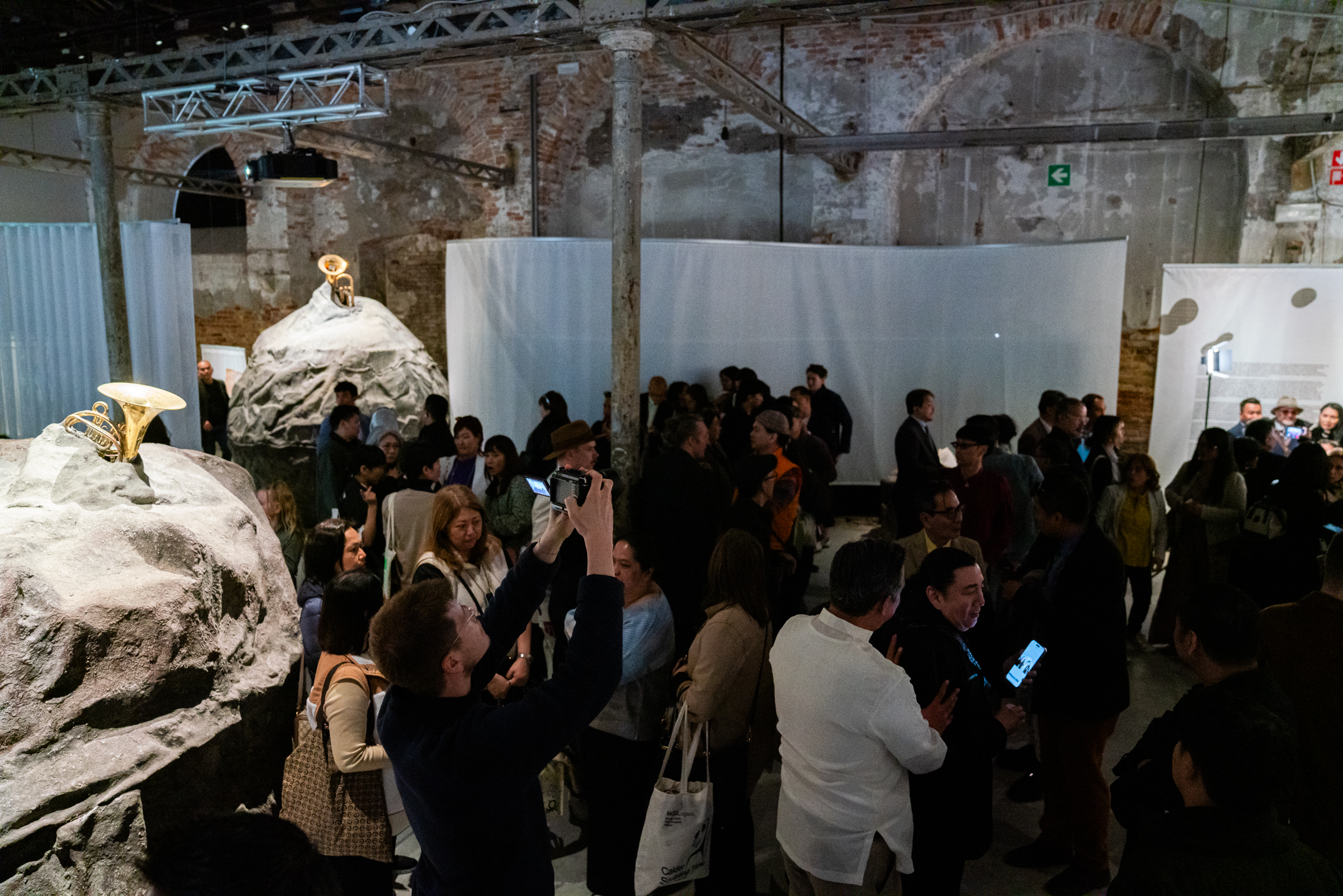
This, I imagine, is how the mysticism of Mt. Banahaw exerts its influence on culture that Carlos and Mark are presenting at the Philippine Pavilion. Theirs is a multi-layered and immersive approach to exploring the cultural heritage of an enchanting mountain, “a majestic natural wonder located just a few hours away from Metro Manila,” which, as Senator Loren Legarda, the driving force behind our historic return to the Venice Biennale, described it in her opening speech, “holds within its embrace not only breathtaking vistas but also a rich tapestry of cultural and spiritual heritage deeply ingrained in the Filipino consciousness.”
Enshrined by Republic Act 9847 as a Protected Area in 2009, Mount Banahaw, according to the senator, “stands as a sanctuary for both nature and culture, nurturing diverse ecosystems and serving as a beacon for spiritual seekers and pilgrims alike. For centuries, Mt. Banahaw has been revered as a sacred site, a dwelling place of divine spirits, and a refuge for those seeking enlightenment and liberation. Its slopes bear witness to the ebb and flow of history, as religious and political movements have found sanctuary amid its peaks and verdant valleys.”
Similarly struck was Philippine Ambassador to Italy Neal Imperial, who first came across the Venice Biennale as a young apprentice of the late poet, art critic, and professor Eric Torres, the curator of the Philippines’ first foray into the Venice Biennale in 1964, featuring the works of Jose Joya and Napoleon Abueva, now both national artists. “Mt. Banahaw has always been an enigmatic subject and wellspring for literary and artistic exploration,” he said. “I look forward to experiencing how the artist has woven together the complex tapestries of music, local and colonial history, folk mysticism, and the visual arts.”
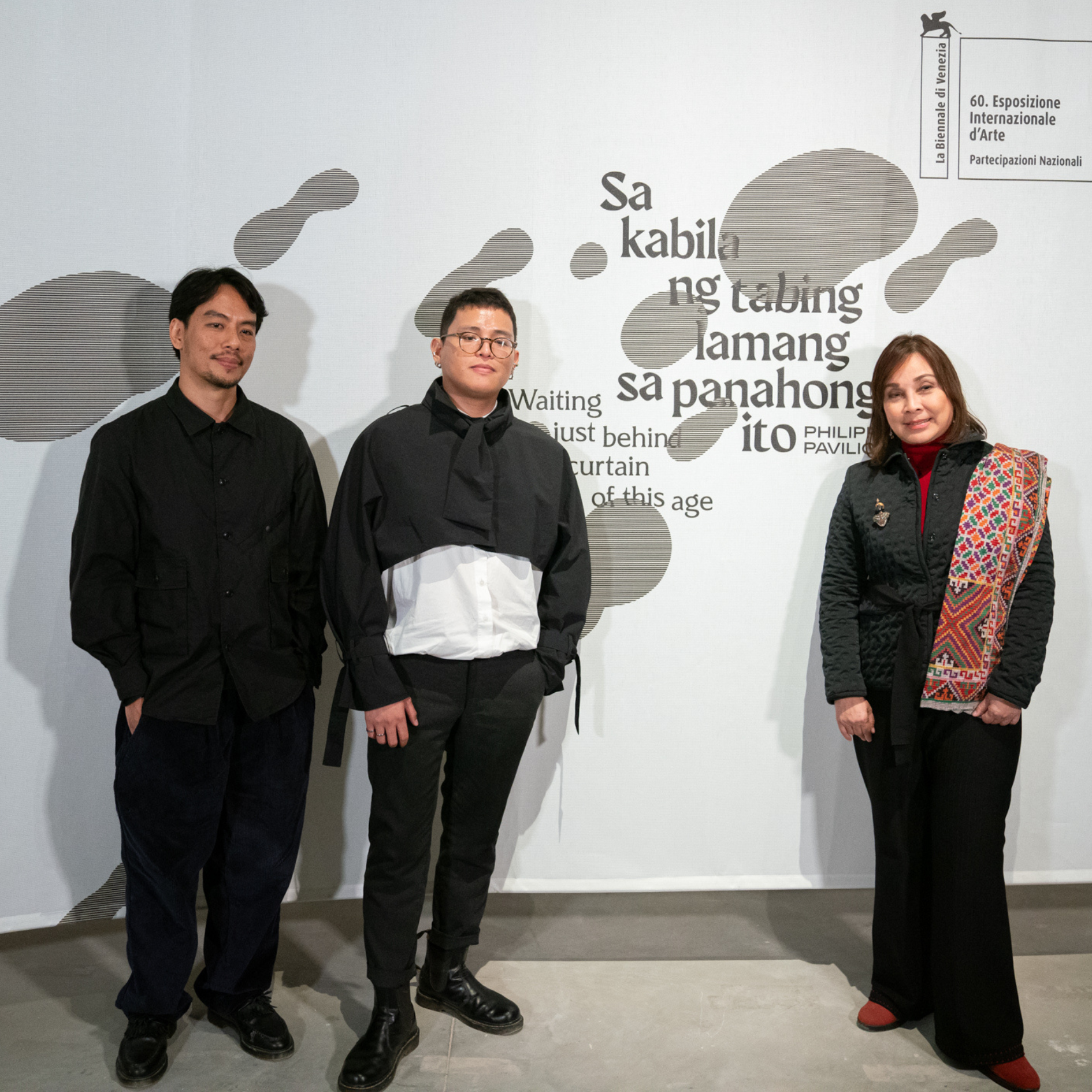
Not to be overlooked as a key element in Mark’s explorations, which crown the boulder installations representing the landscapes of Mt. Banahaw, are the vibrant musical traditions of Lucban-based musicians, represented by the music of the Young Banahaw Orchestra and the Babat Orchestra. Sound is integral to the presentation. Entering the Philippine Pavilion is like walking into the woods, abuzz with dogs barking, wind howling, thunder rumbling, branches creaking, and maybe a shuffle of feet on the ground. I asked Carlos during the preopening briefing one late, rainy afternoon when the Artiglierie had closed, “If I sat here alone in the middle of the night, would I hear sounds that would creep me out like they would in an enchanted forest?” He said yes.
A newly-commissioned video installation also forms part of the exhibition, showcasing Mt. Banahaw’s vitality and, as the exhibition notes put it, “its profound connections to broader narratives of faith, mysticism, and revolution.”
The sustained participation of the Philippine Pavilion at the Venice Biennale is a collaborative endeavor of the NCCA, the Department of Foreign Affairs, and the Office of Senate President Pro Tempore Loren B. Legarda.
“Sa kabila ng tabing lamang sa panahong ito / Waiting just behind the curtain of this age,” open to the public at the Arsenale, runs until Nov. 24.